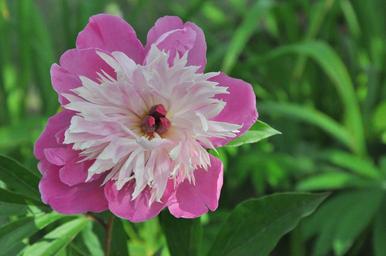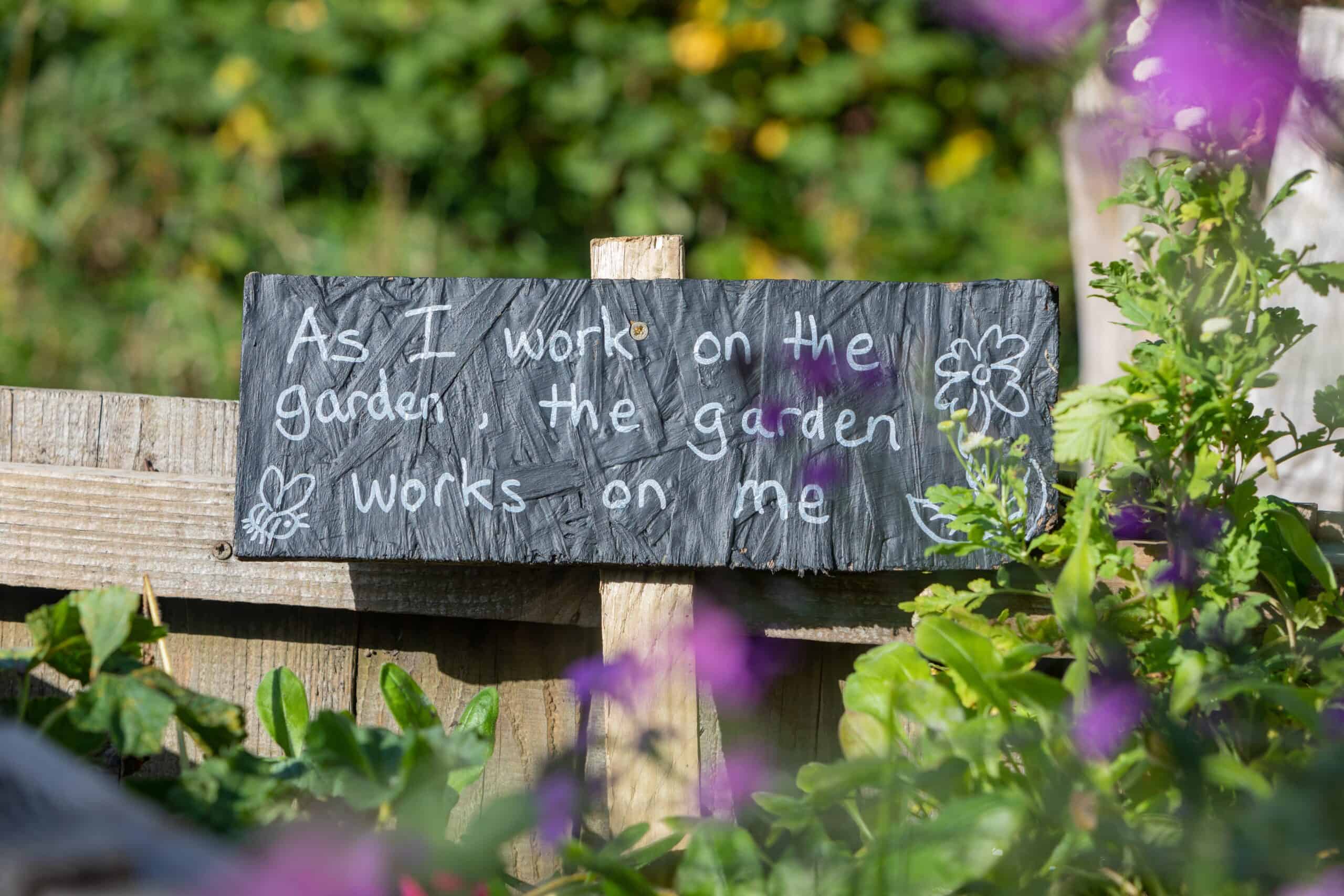Paeonia officinalis, commonly known as the Garden Peony, is native to Southern Europe and was later introduced to North America. In the past, Garden Peony was used for its medicinal value, but later it was grown for its ornamental values. It is an herbaceous perennial which produces deep-red to pink blossoms during the late spring season. In addition to the Garden Peony, there are many other cultivars available. It is a low-maintenance and long-lasting flower.
The etymology of the Paeonia officinalis is derived from the Ancient Greek word ‘peon’ which translates to ‘physician’. The Garden Peony is believed to have been used by Greek physicians for curative purposes. In addition, the species Paeonia officinalis signifies that its use was based on the official herbalist of the time.
How to plant
Garden Peony is a lovely flower that can be easily grown and grown in the garden. In order to grow the best Garden Peonies, it is important to provide them with the right conditions and environment. First, Garden Peony needs sunlight. The best starting area is a spot that gets morning sun and afternoon shade. Secondly, the soil should be well-drained and slightly acidic with a pH level around 6.5 to 7.3. This will allow the roots to cultivate and access all the nutrients it needs. Lastly, Garden Peony thrives in temperatures between 64 and 68F and must be watered when the soil is dry.
Meaning and Symbolism
Garden Peony is the symbol of wealth and honor in China. Its fragrant and colorful blooms have captivated and intrigued individuals for centuries. As a symbol, the Garden Peony has represent beauty, romance and elegance. This flower is often used for expressing sentiments such as wealth, affection, honor, and romance.
Garden Peony is also associated with the Roman goddess Flora, the goddess of Spring. In Greek mythology, it is believed that the flower was created from the blood of a nymph, and has gained the power of protection.
History, Mythology, and Religious Significance
Garden Peony has been long valued and appreciated in many ancient cultures. In the Chinese culture, it represents prosperity, wealth and honor. According to the “Treasury of Botany”, it was also used to treat many sickness and diseases by Chinese herbalists as early as 200B.C. It is also an iconic flower in the language of flowers and has been used for centuries for expressing sentiment.
In Christianity, the Garden Peony is often associated with faith and humility. For example, the petals of the Paeonia officinalis resemble the petals of a church window, as a reminder of faith, courage, and humility.
Flower Varieties and Their Defining Characteristics
There are many varieties of Garden Peony available. Some of the common varieties are Paeonia lactiflora, Paeonia japonica, Paeonia veitchii, and Paeonia broteri.
Paeonia lactiflora is a widely cultivated variety with deep pink petals with white centers. This plant grows to around 3 to 4 feet in height and blooms in late May or June, producing fragrant and double flowers with five to twelve petals.
Paeonia japonica, also known as the Tree Peony, is a larger variety of Garden Peony with an upright, shrub-like form. The flowers are usually white or pale pink in color and bloom from late June to early July.
Paeonia veitchii is a hybrid variety with petals in various shades of pink. Its flowers are relatively small, with five red petals and creamy yellow centers.
Paeonia broteri is famed for its single blooms with its numerous petals and coloured sections. Its petals are usually striped in shades of creamy white or yellow against a base of rose pink or carmine-red.
How to Pot and Repot
It is important to ensure the Garden Peony is planted in the right pot or container. When it comes to potting, larger is always better as Garden Peony requires lots of room for its roots to grow. A pot with a 12-inch diameter and 10 inches of depth should be enough. It is also important to choose a pot or container with good drainage as this ensures the proper circulation of water and air.
If you want to repot the Garden Peony, it is advisable to do this in early spring before new growth begins. Before repotting, check if your pot already meets the size requirements. If your pot is too small, you can replace it with a larger one. It is highly recommended to place a piece of gravel at the bottom of the pot and cover it with a layer of well-drained potting soil. When repotting, ensure that the pot has been cleaned and sanitized properly.
How to Prune
Pruning Garden Peony is an important maintenance procedure as it helps to improve the health and longevity of your flowers. Pruning should be done in early spring before any new growth begins. It is important to remember to only prune dead, damaged or infected parts. Cut away any dead or withered parts, and try to leave healthy parts to prevent any disease from spreading in the garden. Pruned plants should be placed in a small bucket filled with water to help keep them from wilting, until replanting.
How to Propagate
Propagation of Garden Peony can easily be done through division. As the plants get older, their roots spread and gardeners will need to divide them. When propagating, it is best to do it in the spring or winter, during the year of the division. It can also be done in the fall but requires extra effort. To propagate Garden Peony through division, dig up the plant, carefully separate the root, and replant it in a different area of the garden.
Common Pests and Diseases
When it comes to pests, Garden Peony is prone to slugs and aphids. Slugs and aphids can be easily treated with organic pesticide solutions. Garden Peony is also susceptible to fungal diseases such as botrytis, powdery mildew, and rust. To prevent the spread of fungal disease, it is important to keep the soil moist and well drained and make sure there is sufficient air circulation around the garden bed.
Frequently Asked Questions
Q: How long does a Garden Peony last?
A: A Garden Peony can last for several years, as it is capable of regenerating itself quite well.
Q: How much sunlight does a Garden Peony to thrive?
A: Garden Peony thrives best in partial sun and shade. They should be kept out of direct sunlight, as intense and direct sunlight can be damaging to the plant.
Q: Does a Garden Peony need fertilizing?
A: Generally, fertilizing is not necessary for a Garden Peony as the soil generally provides enough nutrients to the plant. However, if the soil does not have enough nutrients, it can be beneficial to fertilize the soil during the early spring.
Table Fact Sheet
| Name | Paeonia officinalis |
|---|---|
| Family | Paeoniaceae |
| Plant Type | Herbaceous perennial |
| Mature Size | 3-4 ft tall and wide |
| Sun Exposure | Partial sun and shade |
| Soil Type | Well drained, slightly acidic |
| Soil pH | 6.5-7.3 |
| Bloom Time | Late spring |
| Flower Color | Red to pink |
| Hardiness Zones | 3-8 |
| Native Area | Southern Europe |
What we love from Amazon this week
Buy these wonderful flowers directly from Amazon:















